2 Stroke vs. 4 Stroke Snowmobile: Which Engine to Choose?
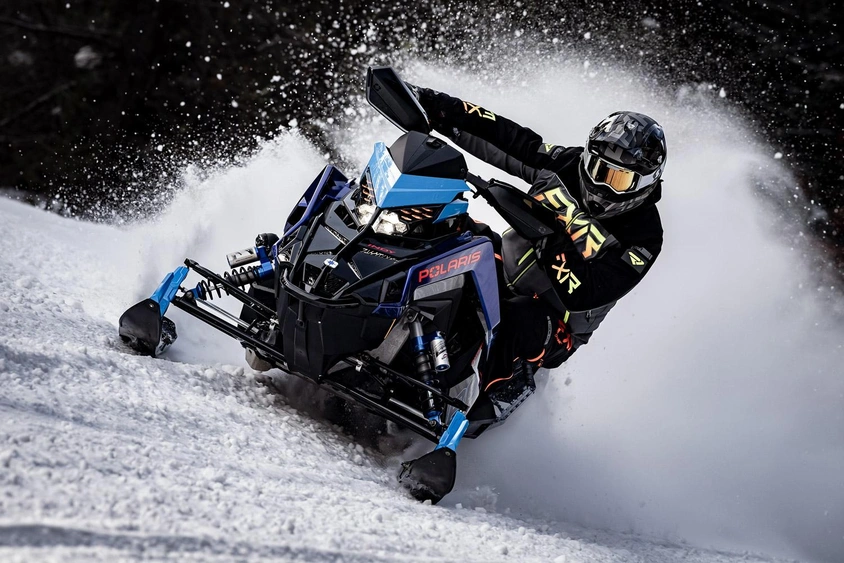
There are notable differences between 2-stroke and 4-stroke engines. With a 2-stroke engine, oil and gasoline are mixed in a single tank. The piston makes one complete back-and-forth movement to accomplish a full-combustion cycle. In contrast, with a 4-stroke engine, oil and gasoline are stored in two separate compartments, and the piston makes two complete back-and-forth movements to complete the cycle.
Presentation of the 2-Stroke Engine
Let’s begin this comparison between 2-stroke and 4-stroke engines with the 2-stroke engine.
For those less familiar with mechanics, it is important to know that with a 2-stroke engine, oil, air, and gasoline are mixed in the same tank. The name “2-stroke” refers to the movement of the piston, which completes a cycle in 2 strokes or movements: one upward, one downward.
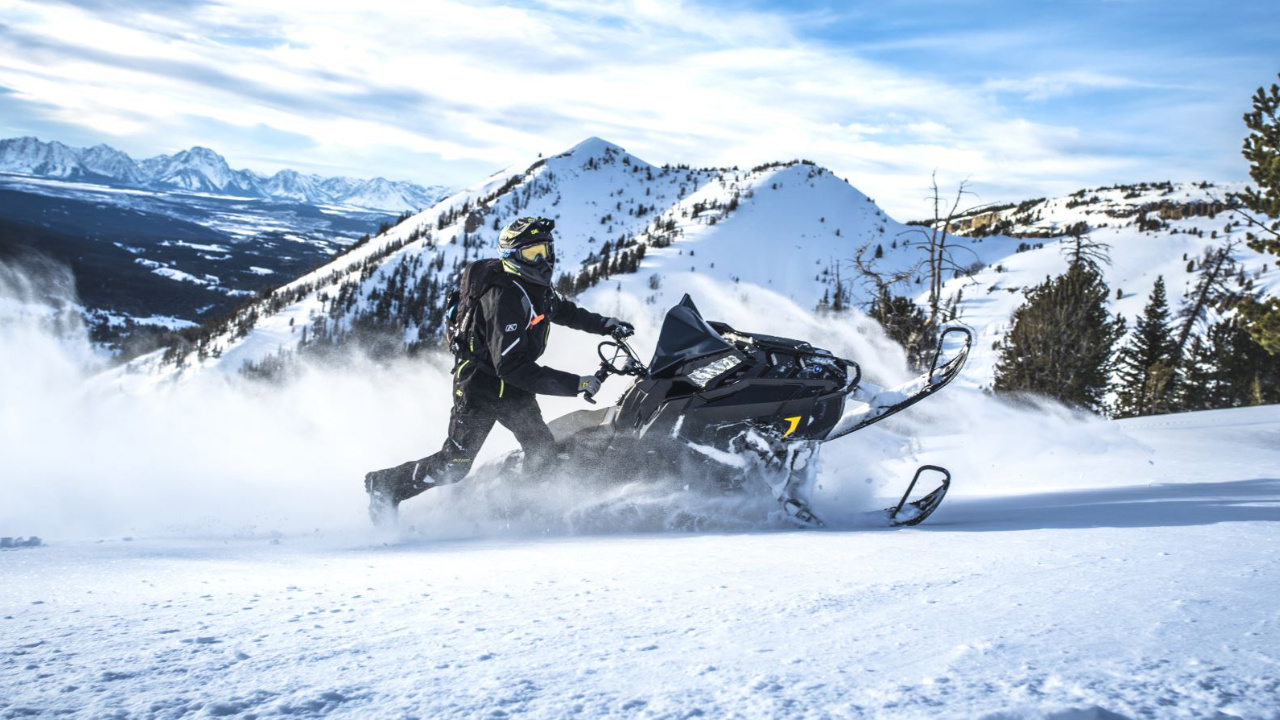
Presentation of the 4-Stroke Engine
The 4-stroke engine, for its part, features two separate filling compartments: one for gasoline and the other for oil. Unlike the 2-stroke engine, oil and gasoline are not combined in a 4-stroke engine.
Moreover, this type of engine typically relies on an independent lubrication system.
Simply put, the name “4-stroke” refers to the piston, which requires two back-and-forth movements, or 4 strokes, to complete a full-combustion cycle (upward + downward + upward + downward).
Its name also refers to how it functions, since the power cycle is also completed in four stages:
- Intake
- Compression
- Power (or combustion)
- Exhaust
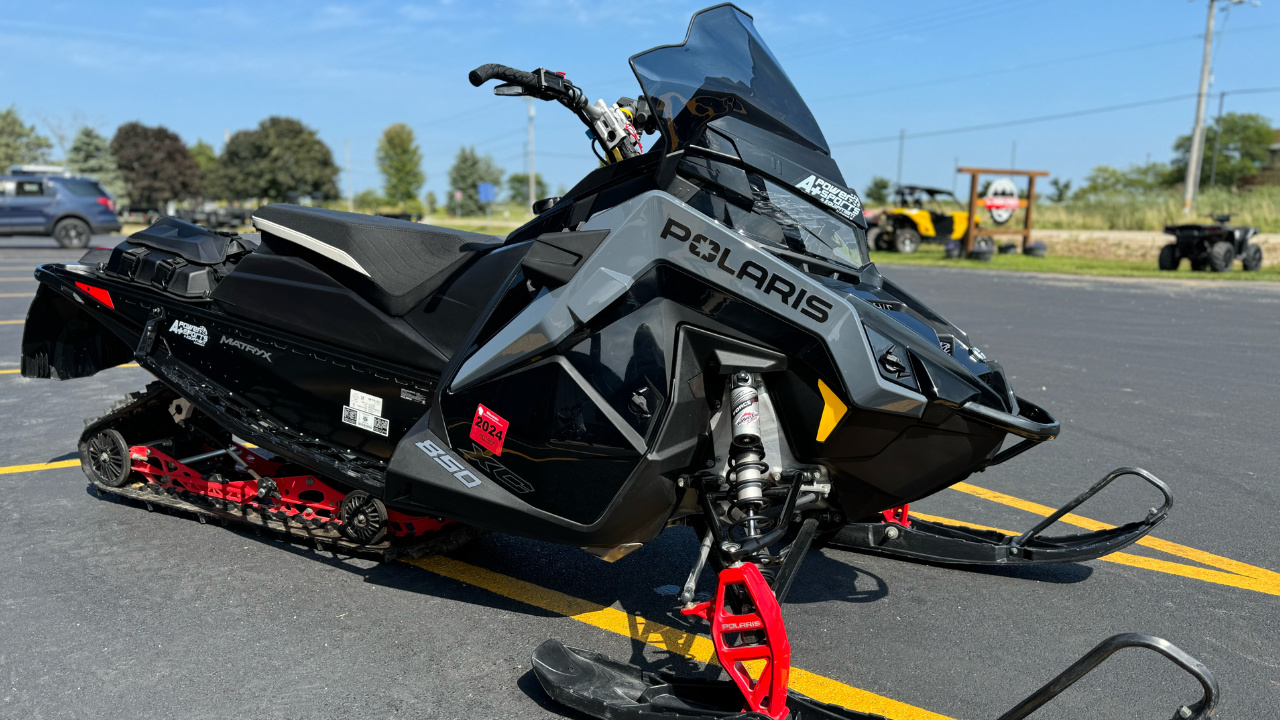
Technical Comparison (Performance, Fuel Consumption, Maintenance)
When comparing 2-stroke and 4-stroke engines, differences emerge in terms of performance, fuel consumption, and maintenance.
First, as mentioned earlier, with the 2-stroke engine, the piston makes one revolution of the crankshaft to complete the combustion cycle. In contrast, in a 4-stroke engine, the piston makes two revolutions of the crankshaft to achieve the same cycle.
Additionally, another difference arises between the two engines. The 4-stroke engine is more complex than the 2-stroke engine, as it incorporates a camshaft and valves. While the 4-stroke engine ensures better fuel efficiency, the 2-stroke engine requires less maintenance.
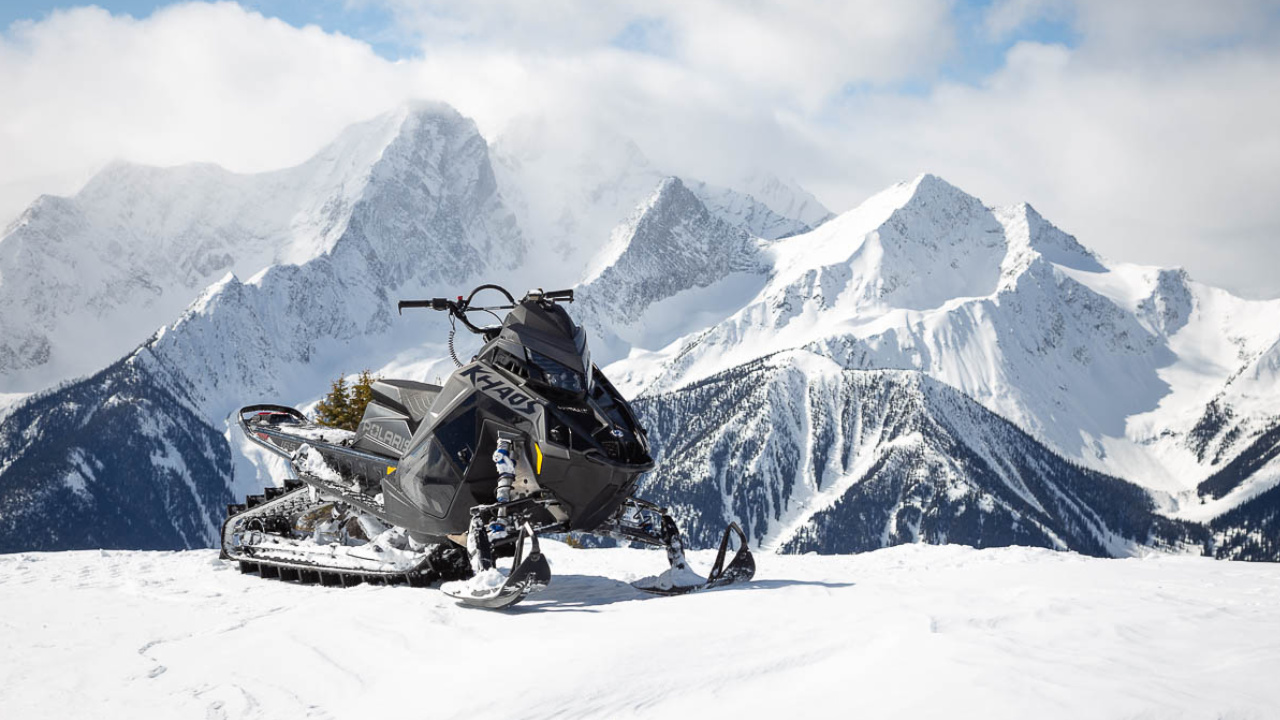
Pros and Cons for Each Engine
In this comparison, it is important to highlight a few advantages and disadvantages between 2-stroke and 4-stroke engines.
Right from the start, the main advantage of the 2-stroke engine is its light weight. This translates into enhanced performance, notably through a more responsive operation. Remember that with a 2-stroke engine, accelerations are quick. So, if you are seeking thrilling sensations, this type of engine will certainly impress you.
On the other hand, due to its design, the 2-stroke engine wears out more rapidly and is less economical in terms of fuel consumption.
As for the 4-stroke engine, it offers greater durability and superior fuel efficiency compared to the 2-stroke engine. Although it is less responsive, it proves to be a more economical long-term choice, even considering the increased complexity of its operation.
Also note that the best snowmobiles on the market are available with both 4-stroke and 2-stroke engines.
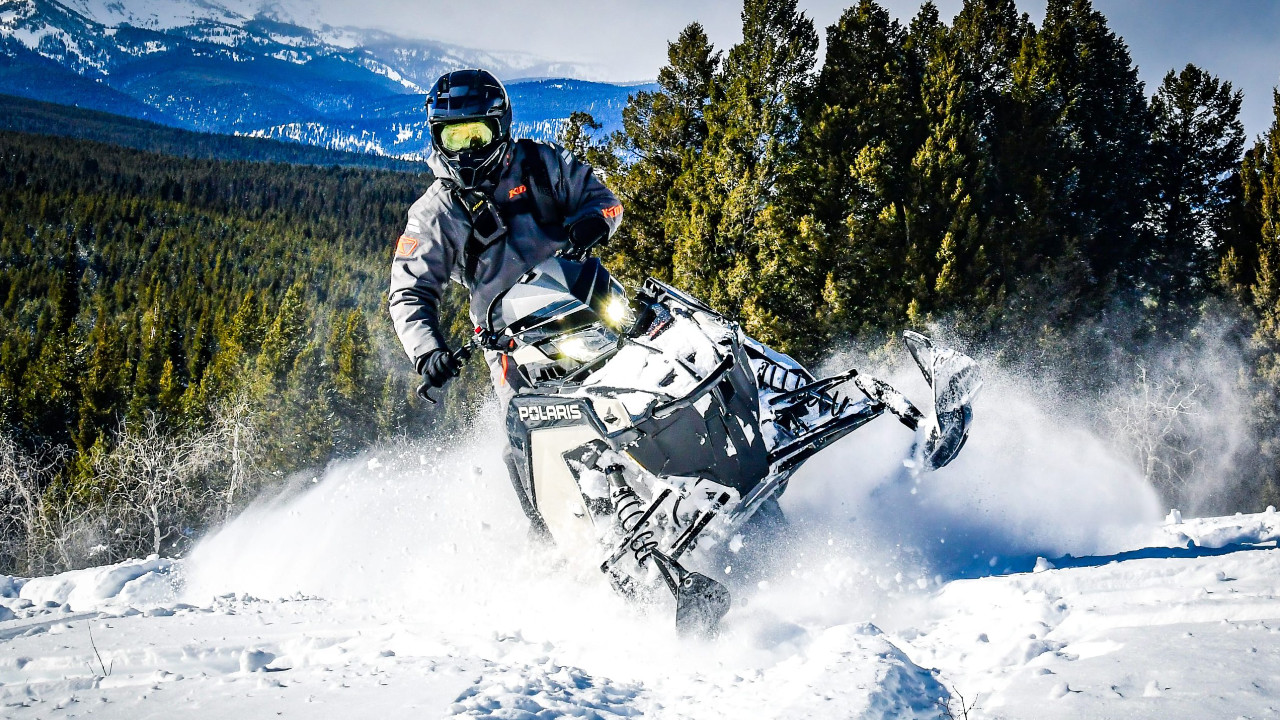
Tips for Choosing the Ideal Snowmobile
At Estrie Marine, we have numerous years of experience specializing in this winter sport and hold a wide inventory of the best used snowmobile models and new snowmobile models.
Our on-site experts are ready to guide you through the differences between 2-stroke and 4-stroke engines to help you choose your next snowmobile.
Indeed, based on your needs and trail riding habits, our experts will devote their full attention to ensuring you choose the best fit for your lifestyle.
The ideal snowmobile will depend on your usage and the type of terrain you normally navigate. If your choice leans towards a pre-owned snowmobile, the adjustment of a snowmobile track is an important step that our technicians take great care to accomplish.
The choice of the perfect snowmobile will also depend on your level of experience. Do you want a versatile snowmobile for trail riding or one that offers stronger accelerations and more intense sensations?
In short, several factors come into play when choosing a snowmobile with either a 2-stroke or 4-stroke engine. Our specialists are ready to answer all your questions. Come and visit our showroom today!
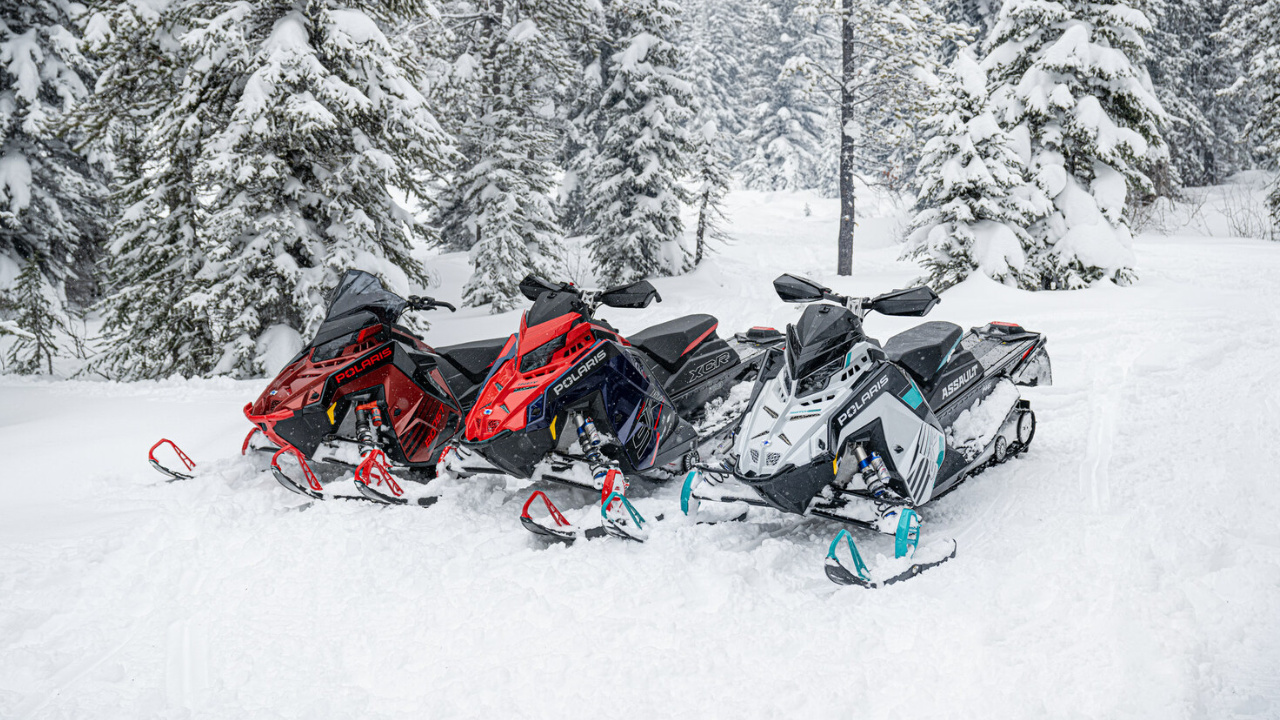
FAQ
What are the differences between 2-stroke and 4-stroke engines?
The main difference lies in the fact that oil and gasoline are mixed in a 2-stroke engine and that the piston completes a cycle in 2 movements, whereas the filling compartments are separated on a 4-stroke engine and the piston completes a cycle in 4 movements, while the power cycle is also completed in 4 stages.
Which is better: a 2-stroke or 4-stroke engine?
Each engine has its own advantages and disadvantages. Choosing between a 2-stroke or 4-stroke snowmobile will be based on your personal preferences and your typical trail habits.
What are the disadvantages of a 2-stroke engine?
Typically, 2-stroke engines wear out more quickly and have higher fuel consumption numbers.